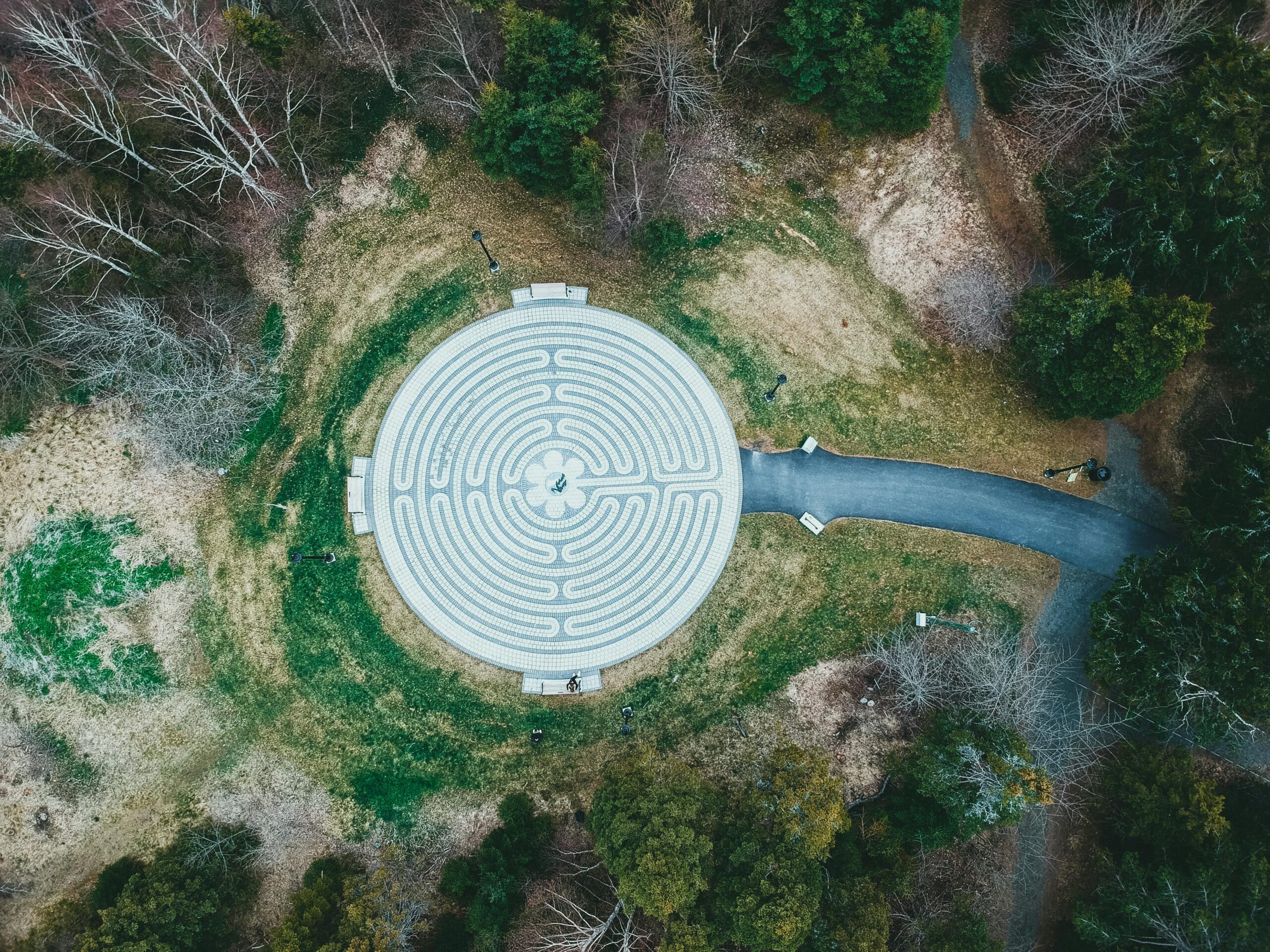Gestalten Garten: Creating Your Dream Garden
Understanding the Basics of Gestalten Garten
Gestalten Garten, or “creating a garden,” is a fulfilling endeavor that allows individuals to express their creativity and connect with nature. Whether you’re starting from scratch or looking to improve an existing garden, having a clear vision is essential. Begin by considering the space you have available, the types of plants that thrive in your climate, and how you want the garden to function. This foundational understanding can guide your design choices, from selecting plants to arranging your garden layout.
Design Principles for a Beautiful Garten
When it comes to gestalten garten, several key design principles should be considered. Firstly, balance is crucial; your garden should feel harmonious and visually appealing. Use a mix of heights and textures to create interest while maintaining a cohesive color palette to unify your design. **Color** plays a significant role, where understanding the color wheel can help in creating stunning contrasts and complementing shades that enhance the garden’s beauty. For instance, incorporating bright flowers alongside lush green foliage can create a vibrant scene.
Choosing the Right Plants
Selecting the right plants is one of the most vital aspects of gestalten garten. Consider your garden’s microclimates—areas that may have different conditions than the general climate of your region. For example, some areas may receive more sunlight than others, affecting what can thrive there. Additionally, opt for a mix of perennials and annuals; **perennials** provide structure and longevity, while **annuals** add seasonal color and variety. Native plants are also an excellent choice as they are adapted to local conditions, reduced maintenance efforts, and attract local wildlife.

Creating Functional Spaces in Your Garten
Functional spaces within your garden can turn it into a haven of relaxation and enjoyment. Think about how you wish to use your garden; do you want an area for entertaining, a peaceful retreat, or a play space for children? Designing a layout that meets your needs while considering the flow between different areas is critical. Incorporating paths can guide visitors through your space and define different functional zones, enhancing both practical use and aesthetic appeal.
Incorporating Garden Features
Adding features such as benches, water elements, or pathways can dramatically enhance your garden’s atmosphere. A small pond or fountain, for instance, can introduce a soothing sound element, while strategically placed benches offer spots for relaxation. **Pathways** made from natural stones or gravel can guide guests through your garden while also granting a rustic charm. When planning these features, think about how they integrate with your overall design and consider using materials that complement your existing garden layout.
Gardening Techniques and Maintenance
To maintain the beauty and health of your gestalten garten, apply effective gardening techniques. Regularly monitoring your plants for pests and diseases is crucial. Implementing organic gardening practices, such as crop rotation and companion planting, can aid in maintaining soil health while keeping harmful pests at bay. Additionally, appropriate watering techniques, such as drip irrigation, can conserve resources and ensure that plants receive the necessary hydration for their growth. Adopting a seasonal maintenance plan will help ensure your garden remains vibrant throughout the year.

Seasonal Considerations for Your Garten
Understanding the seasons is fundamental when designing and maintaining your garden. Each season brings different challenges and opportunities for growth. During spring, realize the potential for **bulbs** and early blooms; summer demands more focus on watering and pest control; fall is ideal for planting perennials and trees; and winter requires preparation for rest and rejuvenation. Select plants that provide interest throughout the year, ensuring your garden remains attractive regardless of the season.
Plan for Seasonal Changes
Strategically planning for seasonal changes is essential to ensure your gestalten garten thrives year-round. Incorporating a variety of plant types, including evergreens, can offer year-round greenery, while deciduous trees can provide stunning fall colors. Additionally, consider including plants that bloom at different times throughout the year. This variety not only adds visual interest but also supports local wildlife, from pollinators in the spring to birds seeking shelter in the winter.
Adapting to Local Climate
Adapting your gardening techniques based on your local climate will significantly impact your garden’s success. For example, areas with hot, dry summers may benefit from water-efficient xeriscaping, while regions with heavy rainfall might require strategies to improve drainage. Keep in mind that native plants are often the best option as they are better suited to handle local weather conditions and usually require less maintenance. Understanding your gardening zone can also facilitate better planning and plant selection, ensuring your garden flourishes for years to come.
Key Takeaways for Your Garten Experience
Creating your dream garden through gestalten garten is a multifaceted process that combines design principles, plant selection, functional spaces, seasonality, and climate adaptation. Remember to prioritize balance, color, and functionality in your layout while being mindful of the local ecology and seasons. Each step you take in designing and maintaining your garden contributes to a space that is not only pleasing to the eye but also enriching for the soul.
FAQ
1. What are the first steps in planning a garden?
When planning a garden, start with assessing your space and understanding your climate. Consider the amount of sunlight, wind, and rainfall your garden receives. Sketch out a rough layout, specifying which areas you want to designate for different tasks such as relaxation, entertaining, or planting. Researching plants that grow well in your region will also provide a solid foundation for your project.
2. How do I choose the right plants for my garden?
Selecting the right plants involves considering your local climate, soil type, and garden size. Native plants are often the best choice as they thrive in local conditions and require less maintenance. Utilize garden centers or online resources focused on horticulture to find plants that fit your garden’s specific microclimate and aesthetic vision, while also thinking of complementary colors and growth patterns.
3. What are some common garden maintenance tasks?
Regular garden maintenance includes watering, weeding, and mulching, as well as inspecting plants for pests and diseases. Seasonal tasks such as pruning and fertilizing are also crucial to keeping your garden healthy. Consider setting up a simple maintenance schedule to ensure you address these tasks consistently for optimal growth.
4. How can I make my garden more environmentally friendly?
To create an eco-friendly garden, consider implementing organic practices, such as composting kitchen waste, using rain barrels for irrigation, and planting native species. These measures not only reduce waste but also promote biodiversity and a healthy ecosystem within your garden.
5. What is the best time to plant my garden?
The best time to plant largely depends on your climate zone. Generally, spring is ideal for most planting, particularly for annuals and perennials. However, fall can also be a great time to plant trees and shrubs, allowing them to establish roots before winter sets in. Always check your local planting calendar for specific guidance tailored to your area.
6. How can I enhance the aesthetics of my garden?
Enhancing the aesthetics of your garden can be done in several ways, such as incorporating a variety of textures and colors, adding garden features, and designing well-defined pathways. Regular maintenance to ensure plant health and organization also plays a significant role in the overall appearance. Consider seasonal decorations or themed gardens for added creativity.
7. How do I deal with garden pests effectively?
To address garden pests effectively, use integrated pest management strategies. This might include introducing beneficial insects, such as ladybugs, and utilizing organic pesticides. Regularly inspecting your plants for signs of pests or disease is crucial, as early detection can minimize damage and maintain the health of your garden.
